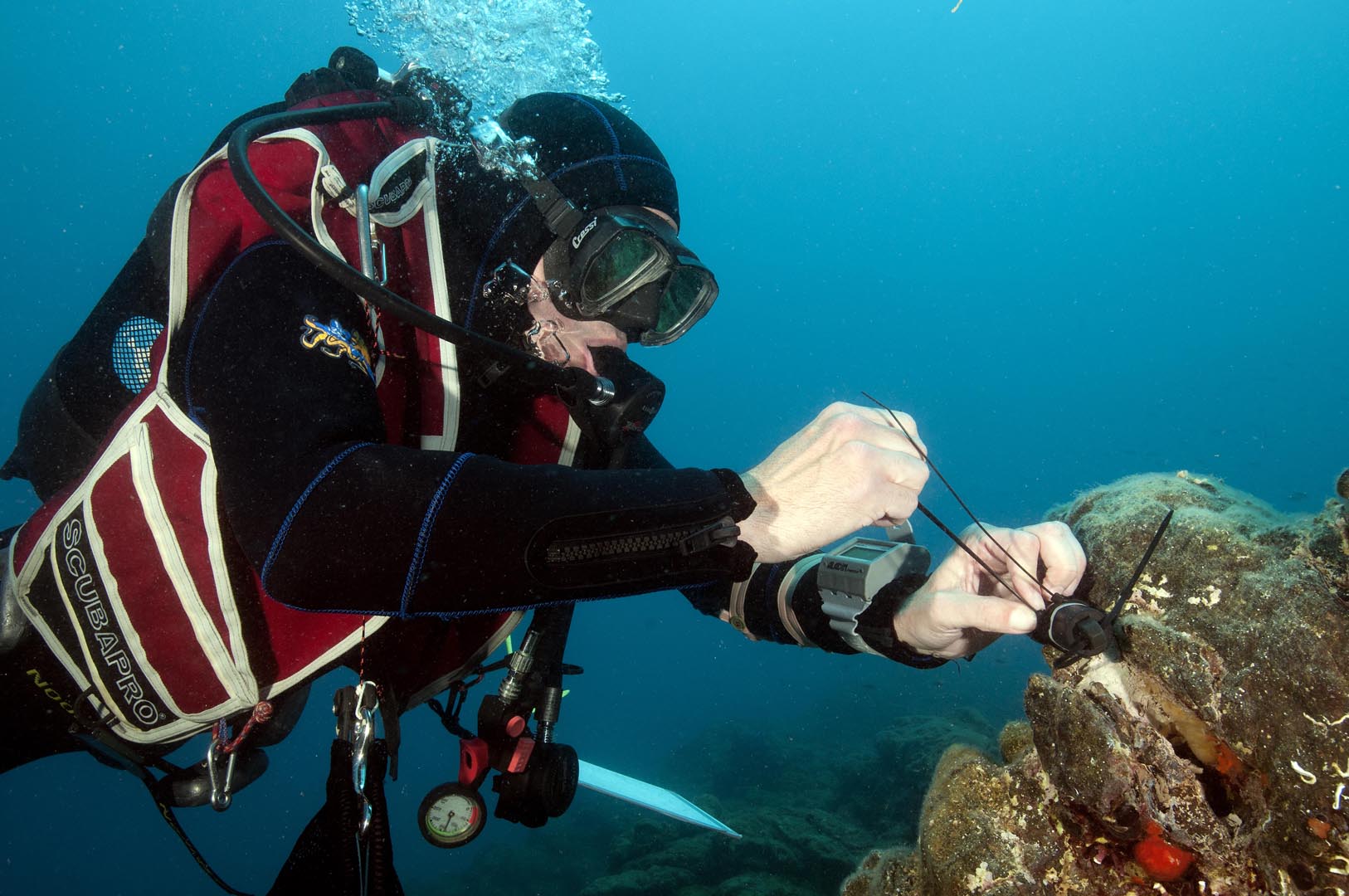
Sea water temperature refers to the thermal measurements taken from the surface down through the water column and should not be confused with air temperature. Compared to the atmosphere, the sea warms and cools more slowly; however, these changes can have far more critical consequences for marine life. In the Mediterranean, surface water temperatures generally range between 26–29°C during the summer, although seasonal and regional variations are significant. In coastal areas such as Gökova, Fethiye, and Kaş, these variations can be observed both across depths and throughout the season.
Relationship Between Climate Change and Sea Water Temperature
Climate change is causing sea water temperatures to rise in parallel with atmospheric warming. This increase is not limited to surface waters; temperature anomalies reaching deeper layers significantly affect coastal and marine ecosystems. Monitoring efforts are essential to track seasonal and annual variations, assess how marine species are adapting to these changes, and develop appropriate conservation strategies.
Long-term temperature datasets help us understand the magnitude of climate change at both local and regional levels. They also contribute to the development of climate adaptation models. Systems like the Copernicus Marine Environment Monitoring Service (CMEMS) rely on such local data for calibration of their models. Real-time temperature data helps validate and adjust model predictions and plays a vital role in developing early warning systems. For instance, when sea temperatures reach dangerous levels, automatic alerts can be triggered for sensitive species such as corals, seagrasses, and sponges. These systems support timely management actions such as temporary bans on diving or fishing, or implementation of emergency response plans.
Impacts of Rising Sea Temperatures on Marine Life
Increasing sea temperatures cause profound and multidimensional effects on marine ecosystems:
Native species under threat: Elevated temperatures disrupt reproduction, migration, and survival cycles of native species.
Favorable conditions for invasive species: Invasive species originating from the Red Sea and Indian Ocean are more tolerant to these changes and can spread rapidly.
Habitat degradation: For example, the habitat range of Posidonia oceanica meadows may shrink considerably under thermal stress.
Biodiversity loss: A decline in species richness can lead to broken food webs and significant losses in both ecological functions and economic services.
When sea temperature rises significantly, corals expel the symbiotic algae (zooxanthellae) living in their tissues, resulting in coral bleaching. Loss of these algae reduces the coral’s energy production and weakens their immune systems, which can eventually lead to death. If thermal stress persists, coral reef ecosystems may suffer from a dramatic decline in species diversity and fish populations.
This phenomenon also affects other foundational ecosystems like seagrass meadows. The degradation of seagrasses triggers cascading effects including a reduction in carbon storage capacity, increased coastal erosion, and loss of critical habitats for marine life.
Socioeconomic Impacts:
Changes in biodiversity have direct consequences for sectors such as fisheries, tourism, and coastal livelihoods. Ecosystem degradation may lead to reduced income sources and economic hardship for local communities. For small-scale fishers in particular, the shift in commercially valuable target species threatens their livelihood security.
Sea Water Temperature Trends on Türkiye's Mediterranean Coast
According to AKD’s field data, thermal changes within the water column have become particularly noticeable during 2022 and 2023. For instance, the thermocline, which was observed at 25 m depth in 2022, dropped below 30 m in 2023. Between August and September 2023, temperatures of 27–29°C were recorded at depths of up to 30 m, and during October, 26°C was measured even at 40 m depth. This corresponds to a 3–4°C increase compared to the previous year. Similarly, in Kaş, the highest sea temperatures were recorded in 2021, reaching 29°C down to 40 meters.
AKD’s Sea Water Temperature Monitoring Program
To understand the impacts of climate change on coastal and marine ecosystems, the Mediterranean Conservation Society (AKD) began sea water temperature monitoring in Gökova Bay in 2015. In 2020, the monitoring network expanded to include Fethiye-Göcek and Kaş-Kekova SEPAs, and in 2022, Datça-Bozburun SEPA was added.
Temperature loggers are placed every 5 meters and record hourly data, providing detailed thermocline profiles and enabling continuous tracking of temporal changes. Since 2015, the collected data have been shared with the T-MEDNet initiative, a Mediterranean-wide observation network focused on assessing the effects of climate change on coastal ecosystems. These contributions support the large-scale, long-term application of standardized monitoring protocols for sea water temperature and biological indicators.
AKD’s Gökova data have demonstrated strong alignment with model-based (CMEMS) and satellite data for depths of 0–40 meters (Bengil et al., 2021). These insights feed directly into the management plans of Marine Protected Areas and inform climate adaptation strategies.



